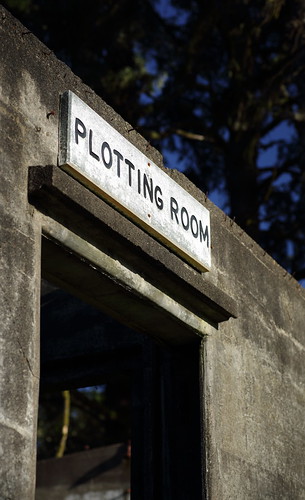In the following post, I provide the link to the final of my public argument. I also answer questions in relation to the quality of my argument.
.
1. Mark where you feel your target audience currently stands on the issue (before watching your argument):
←----------------------------------------------------|X--------------------------------------------------------->
Strongly Totally neutral Strongly
agree disagree
2. Mark where you feel your target audience should be (after they've watched your argument):
←--------------------X--------------------------------|--------------------------------------------------------->
Strongly Totally neutral Strongly
agree disagree
3. Check one of the argument types below for your public argument:
_______ My public argument establishes an original pro position on an issue of debate.
_______ My public argument establishes an original con position on an issue of debate.
___X__ My public argument clarifies the causes for a problem that is being debated.
_______ My public argument proposes a solution for a problem that is being debated.
_______ My public argument positively evaluates a specific solution or policy under debate (and clearly identifies the idea I'm supporting).
_______ My public argument openly refutes a specific solution or policy under debate (and clearly identifies the idea I'm refuting).
4. Briefly explain how your public argument doesn’t simply restate information from other sources, but provides original context and insight into the situation:
Though the controversy of circumcision has been discussed in terms of medical dangers, no one has focused on the fact that circumcision itself comes from a very old and outdated religious tradition. My argument was original in context and insight in that it suggested that circumcision, discussed in medical terms today, must also be considered in religious context. It was not perpetrated for medical reasons 3500 years ago when the tradition started, so why should it be considered medically today? It is and has always been a religious practice.
5. Identify the specific rhetorical appeals you believe you've employed in your public argument below:
Ethical or credibility-establishing appeals
_____ Telling personal stories that establish a credible point-of-view
__X__ Referring to credible sources (established journalism, credentialed experts, etc.)
__X__ Employing carefully chosen key words or phrases that demonstrate you are credible (proper terminology, strong but clear vocabulary, etc.)
_____ Adopting a tone that is inviting and trustworthy rather than distancing or alienating
__X__ Arranging visual elements properly (not employing watermarked images, cropping images carefully, avoiding sloppy presentation)
_____ Establishing your own public image in an inviting way (using an appropriate images of yourself, if you appear on camera dressing in a warm or friendly or professional manner, appearing against a background that’s welcoming or credibility-establishing)
_____ Sharing any personal expertise you may possess about the subject (your identity as a student in your discipline affords you some authority here)
_____ Openly acknowledging counterarguments and refuting them intelligently
_____ Appealing openly to the values and beliefs shared by the audience (remember that the website/platform/YouTube channel your argument is designed for helps determine the kind of audience who will encounter your piece)
_____ Other: Just as a side note, I feel like these particular rhetorical strategies would have been least effective in my argument, which is why (as you can see), the fewest amount were employed. My voice was meant to push slightly into being "unethical." That is not to say, I was rude or mean; however, I was definitely attempting to sway my audience by appearing more demanding than "trustworthy."
Emotional appeals
_____ Telling personal stories that create an appropriate emotional impact for the debate
__X__ Telling emotionally compelling narratives drawn from history and/or the current culture
__X__ Employing the repetition of key words or phrases that create an appropriate emotional impact
__X__ Employing an appropriate level of formality for the subject matter (through appearance, formatting, style of language, etc.)
__X__ Appropriate use of humor for subject matter, platform/website, audience
__X__ Use of “shocking” statistics in order to underline a specific point
__X__ Use of imagery to create an appropriate emotional impact for the debate
__X__ Employing an attractive color palette that sets an appropriate emotional tone (no clashing or ‘ugly’ colors, no overuse of too many variant colors, etc.)
__X__ Use of music to create an appropriate emotional impact for the debate
_____ Use of sound effects to create an appropriate emotional impact for the debate
__X__ Employing an engaging and appropriate tone of voice for the debate
_____ Other:
Logical or rational appeals
__X__ Using historical records from credible sources in order to establish precedents, trends, or patterns
_____ Using statistics from credible sources in order to establish precedents, trends, or patterns
_____ Using interviews from stakeholders that help affirm your stance or position
_____ Using expert opinions that help affirm your stance or position
__X__ Effective organization of elements, images, text, etc.
__X__ Clear transitions between different sections of the argument (by using title cards, interstitial music, voiceover, etc.)
__X__ Crafted sequencing of images/text/content in order to make linear arguments
__X__ Intentional emphasis on specific images/text/content in order to strengthen argument
__X__ Careful design of size/color relationships between objects to effectively direct the viewer’s attention/gaze (for visual arguments)
_____ Other:
6. Below, provide us with working hyperlinks to THREE good examples of the genre you've chosen to write in:
BBC Documentaries










